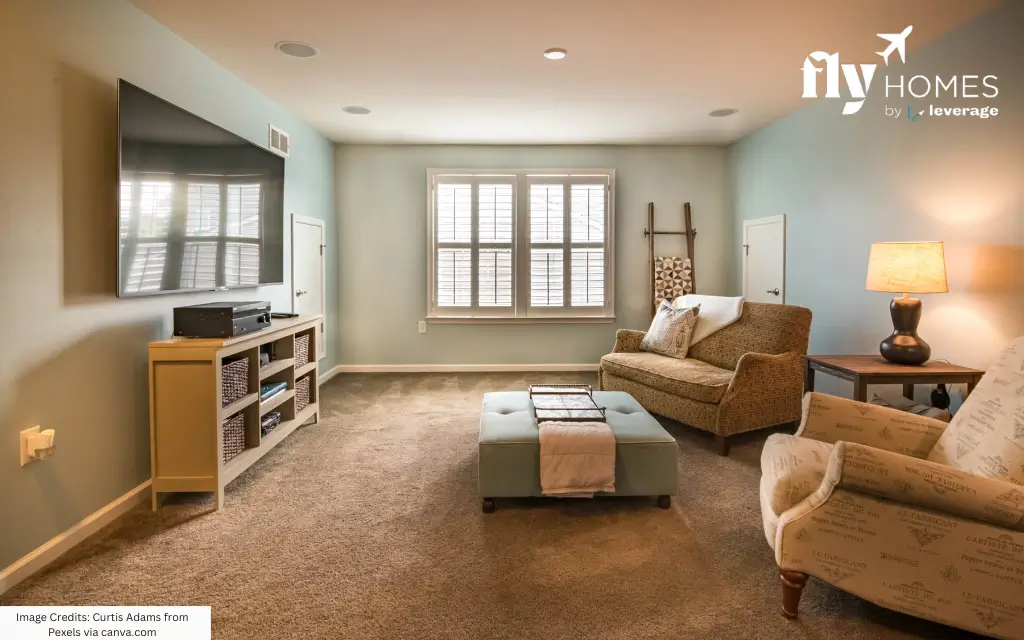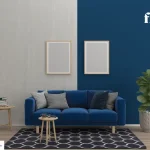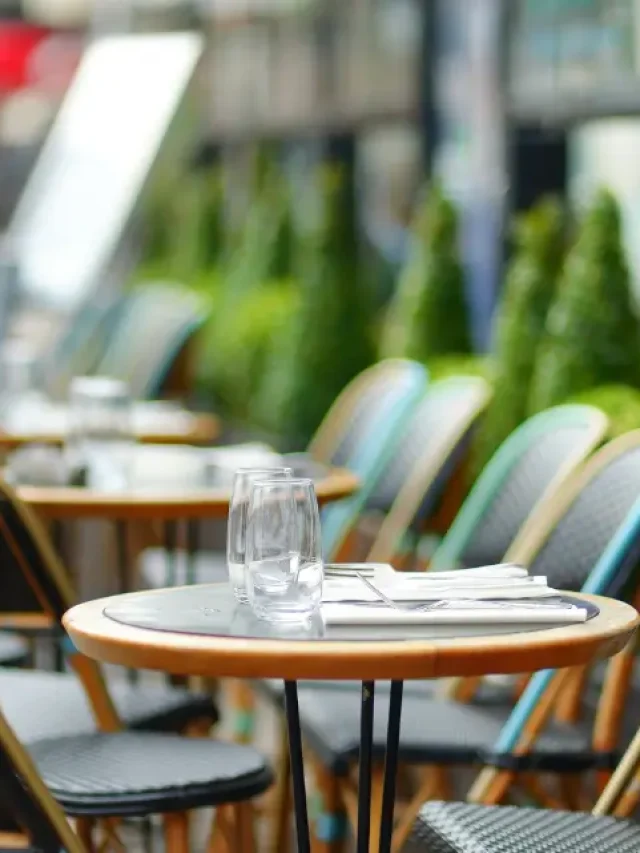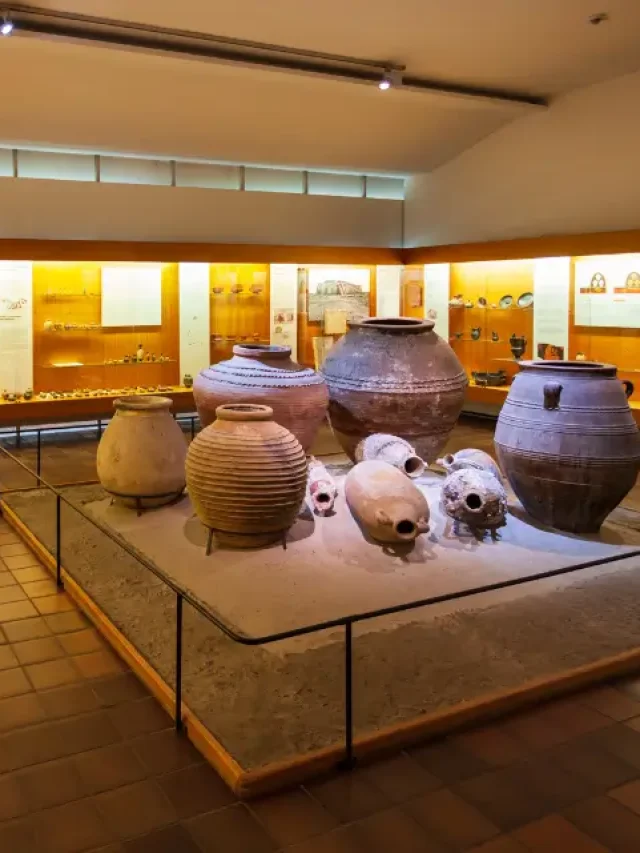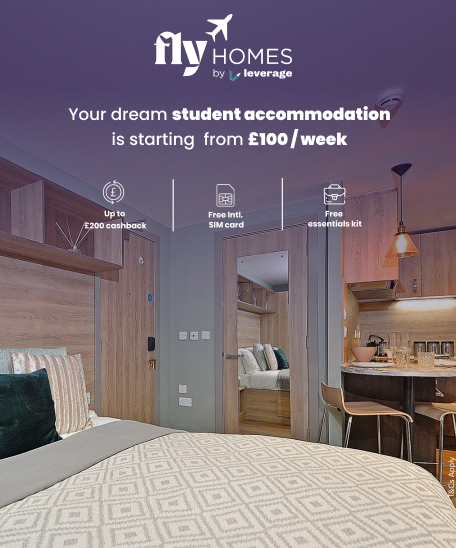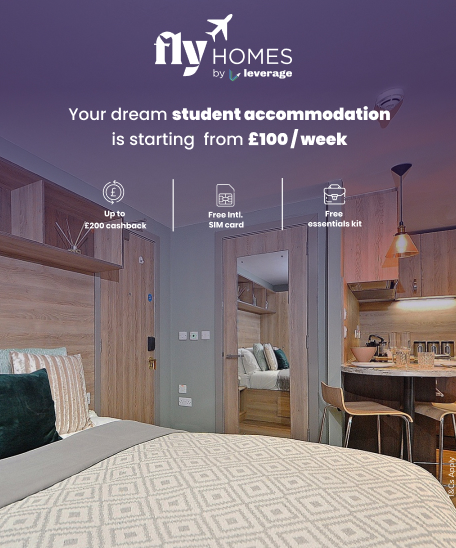How to Make Small Rooms Look Bigger: Living abroad as a student can be an exciting adventure, but it often comes with unique challenges, like adjusting to smaller living spaces. With limited budgets and shared accommodations, maximising a small room’s potential becomes a vital skill.
This guide offers practical, budget-friendly tips tailored for students to make their small rooms feel larger, more organized, and comfortable. So, without any further ado, let’s dive in!
Table of contents
1. Optimise Your Layout
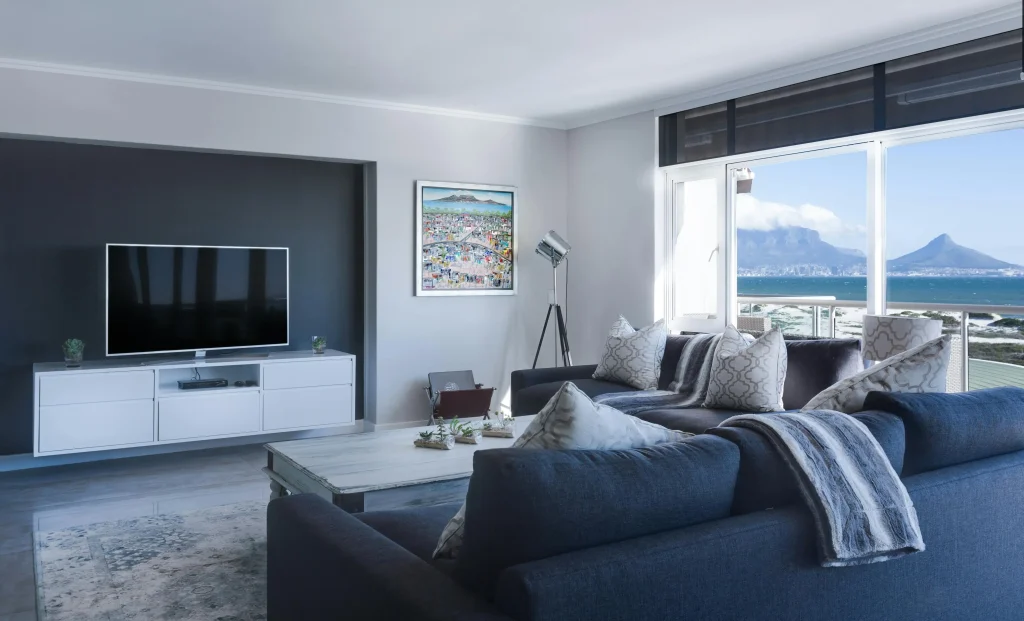
The arrangement of your room plays a crucial role in how spacious and functional it feels. A thoughtfully planned layout helps optimize available space, prevents overcrowding, and creates a sense of organization and comfort. By strategically placing furniture and decor, you can maximize flow and make even the smallest rooms feel open and inviting.
Prioritise Essentials
Start by identifying what you truly need. As a student, your room likely serves multiple purposes: a study area, sleeping space, and storage hub. Focus on essentials like a bed, a desk, and storage solutions. Avoid overcrowding your room with unnecessary furniture.
Invest in Multifunctional Furniture
Multifunctional furniture is essential for maximizing efficiency in small spaces. Beds with built-in storage provide a place to keep linens or clothes, while foldable desks can be tucked away when not in use. Ottomans that double as storage boxes combine functionality and style, saving space while meeting multiple needs in one compact solution.
Keep Pathways Clear
Ensure that your room’s layout allows for easy movement. Cluttered pathways can make a small room feel even more cramped. Arrange furniture in a way that optimizes flow, keeping essential walking areas free of obstructions. This is one of the easiest ways if you are wondering how to make small rooms look bigger.
2. Use Colours Strategically
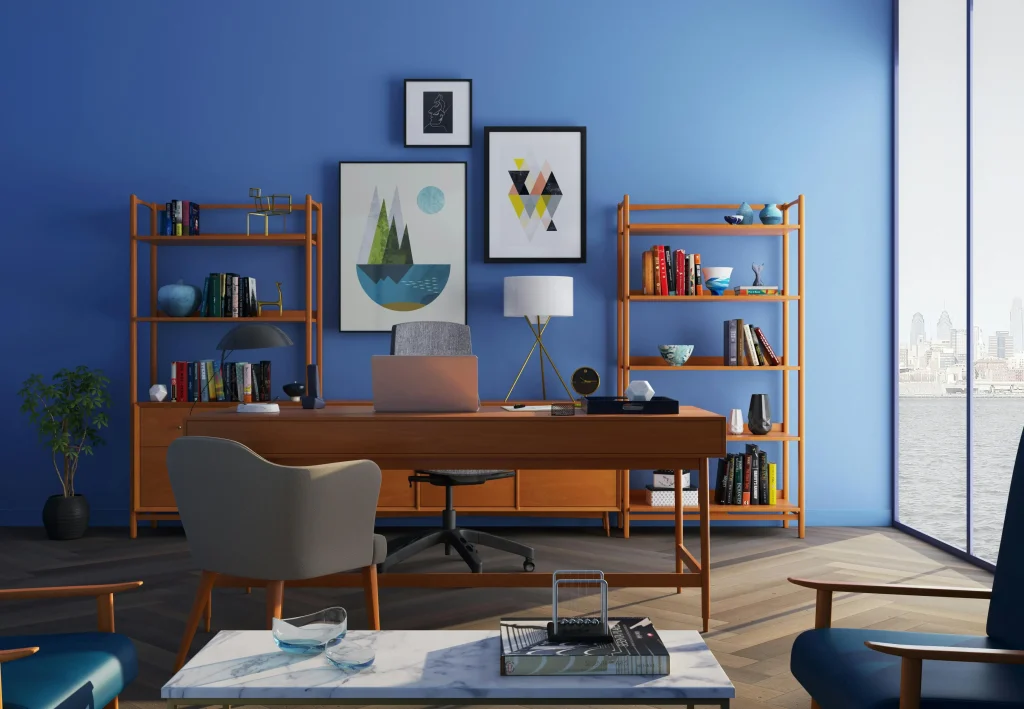
The right colour scheme can make a small room feel more spacious by reflecting light and creating an airy atmosphere. Light colours like whites, pastels, and soft neutrals visually expand the space, while darker shades can make it feel enclosed. Complementing these with subtle contrasts and cool tones enhances depth and openness.
Light and Neutral Tones
Light colours, such as whites, pastels, and neutrals, make rooms feel open and airy. Consider painting your walls in these shades or using light-coloured beddings and curtains to create a cohesive look.
Add Pops of Colour
Adding pops of colour with small decorative items like cushions, rugs, or wall art is a simple way to infuse personality into your space. These accents provide visual interest and warmth without dominating the room or making it feel cluttered. By focusing on small, vibrant touches, you can create a lively and inviting atmosphere while maintaining balance and harmony.
Stick to a Cohesive Palette
A consistent colour scheme creates visual harmony, making a room feel more unified and spacious by reducing the appearance of clutter. Choosing complementary tones, like soft beige walls paired with pastel blue accents, adds depth without overwhelming the space. This cohesive approach fosters a calm and airy atmosphere, enhancing the room’s overall openness.
3. Leverage Natural and Artificial Lighting
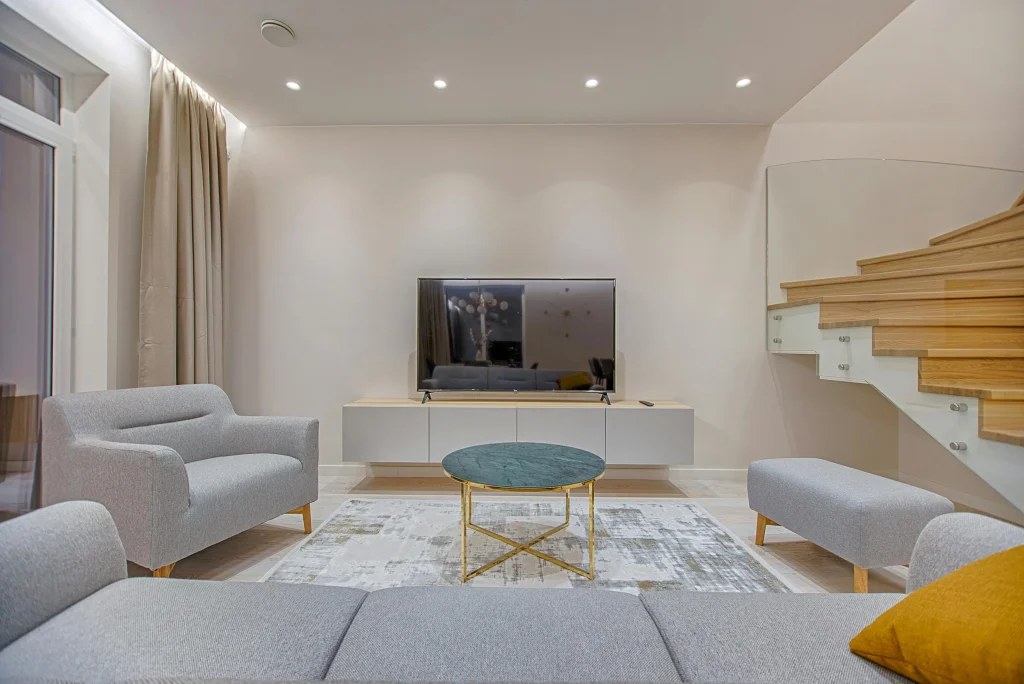
Lighting is essential for creating the illusion of space in a room, as it helps brighten dark corners and makes the environment feel more open. By strategically placing lamps or using layered lighting, you can add depth and dimension to the room. Well-lit areas create a sense of airiness, enhancing the overall feeling of spaciousness.
Maximise Natural Light
Keep windows unobstructed by heavy curtains or furniture. Use sheer or light-coloured curtains to let in as much light as possible. Position your desk near a window to take advantage of natural lighting while studying. This is the perfect answer to how to make small rooms look bigger.
Use Mirrors
Strategically placed mirrors reflect both natural and artificial light, helping to make a room feel brighter and more spacious. By hanging a large mirror opposite a window, you can amplify the effect of natural light, creating an even more open atmosphere. This simple trick enhances depth and visually expands the room, making it appear larger.
Invest in Affordable Lighting Options
If natural light is limited, invest in budget-friendly lighting solutions. LED string lights, desk lamps, or floor lamps can brighten dark corners and add warmth to your space.
Alos Read:
4. Declutter and Stay Organised
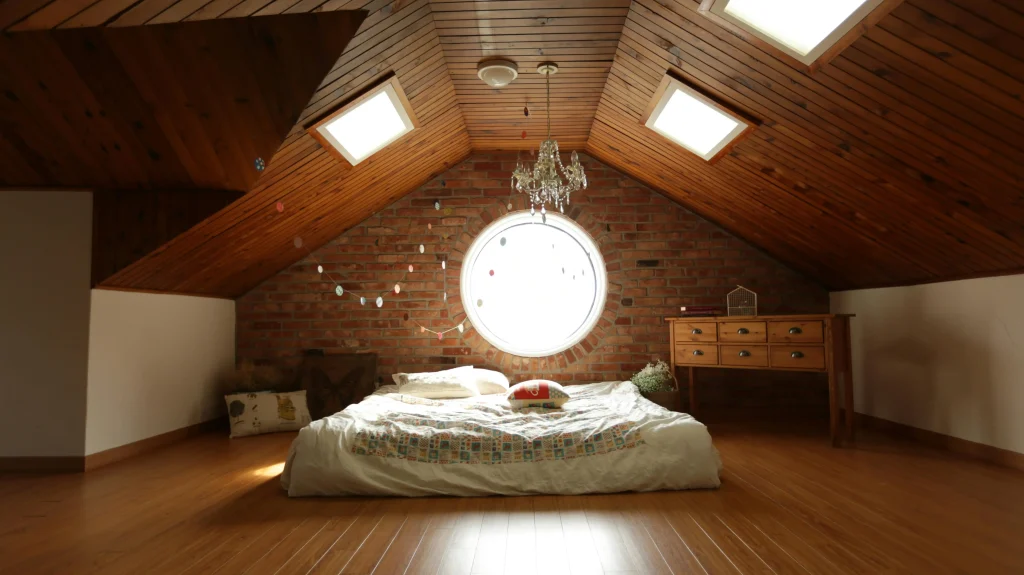
A cluttered room can feel smaller and more chaotic, making it difficult to relax or move around freely. Keeping your space tidy and organised is essential to create a sense of openness and calm. Utilise smart storage solutions to keep items out of sight, and regularly declutter to maintain a streamlined look. A clean, well-organized room instantly feels larger and more inviting.
Decluttering Tips
Begin by sorting through your belongings and identifying items you no longer use or need. Donate or sell things like old clothes, books, or unused decor to free up valuable space while giving them a new purpose elsewhere.
Embracing a minimalist mindset encourages you to prioritise functionality and simplicity, making it easier to keep your home organised. A decluttered space not only feels larger but also promotes a more peaceful and focused environment.
Smart Storage Solutions
Use storage bins, baskets, or under-bed organisers to keep your belongings in order. Over-the-door hooks or hanging organisers can save valuable floor space. Label your storage containers to quickly find what you need.
Digitise Where Possible
Reduce the need for physical storage by going digital. Scan your notes, store photos online, and use e-books instead of physical copies. This not only saves space but also makes your belongings more portable.
5. Choose the Right Furniture and Accessories
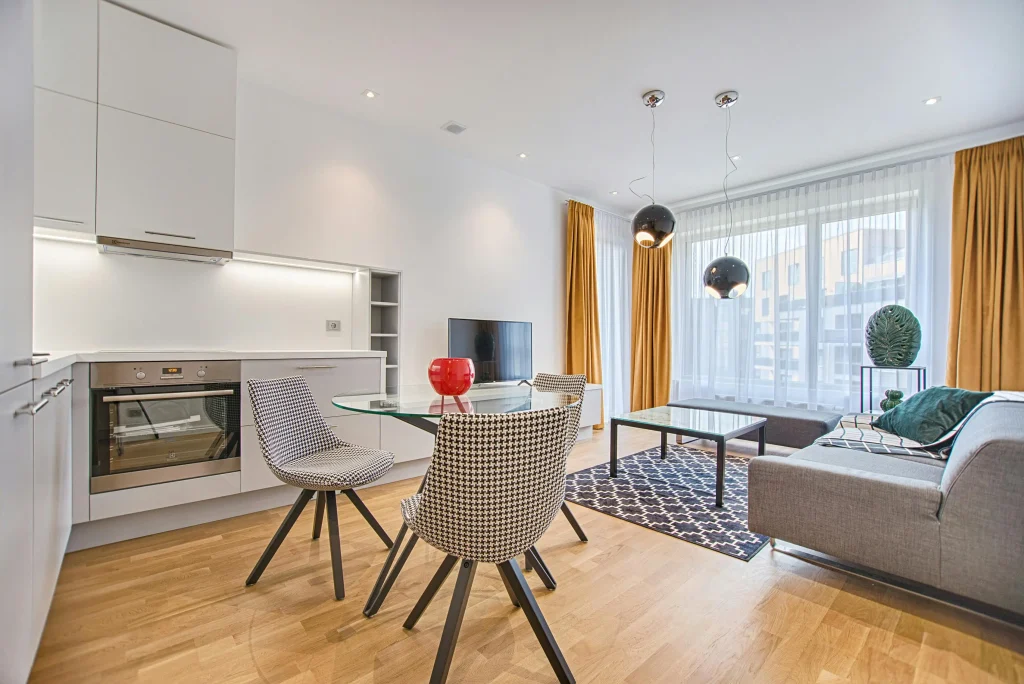
The furniture and accessories in a small room play a crucial role in its functionality and overall feel. Choose pieces that are both practical and proportionate, such as compact sofas, foldable tables, or multi-functional furniture like ottomans with storage. Avoid oversized items that dominate the space, and focus on streamlined designs that enhance both usability and visual appeal.
Proportional Furniture
If you are wondering how to make small rooms look bigger, avoid oversized furniture that dominates the room. Choose compact pieces that fit well within the space. For example, a slim desk or a small armchair can provide functionality without overwhelming the room.
Space-Saving Solutions
Wall-mounted shelves, loft beds, and foldable furniture are smart solutions for making the most of limited space in small rooms. By utilising vertical areas for storage or sleeping, you free up valuable floor space for other activities. These options combine functionality with space-saving design, ensuring your room feels open and organised.
Minimalistic Decor
In small rooms, simple and functional decor is key to maintaining a clean and spacious feel. A small potted plant can bring a touch of nature, a framed photo adds a personal touch and a stylish lamp combines practicality with design. These minimal accents enhance the room’s character without overwhelming the space or adding clutter.
6. Use Visual Tricks
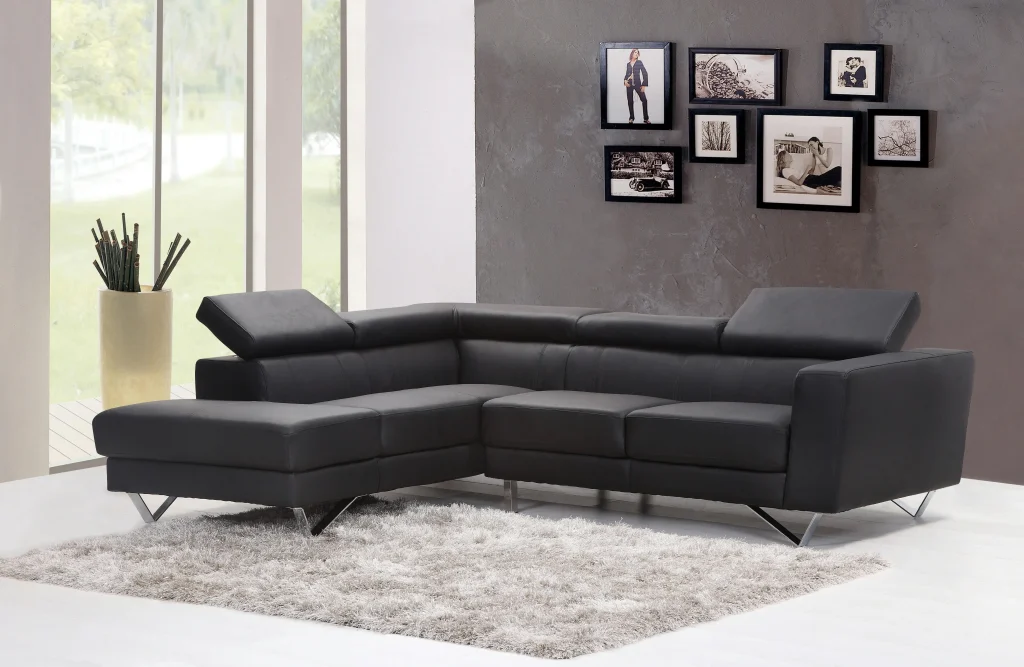
In small rooms, simple and functional decor is key to maintaining a clean and spacious feel. A small potted plant can bring a touch of nature, a framed photo adds a personal touch and a stylish lamp combines practicality with design. These minimal accents enhance the room’s character without overwhelming the space or adding clutter.
Vertical Storage
Vertical storage solutions, like tall bookshelves or hanging organisers, draw the eye upward and create a sense of height in a small room. By utilising the full height of the walls, you maximize storage without taking up valuable floor space. This upward focus can make the room feel taller, more open, and less cramped, contributing to an overall feeling of spaciousness.
Rugs to Define Areas
A strategically placed rug can help visually define distinct areas within a small room, such as creating a cosy study zone or separating a sleeping area. This zoning effect adds depth and structure, making the space feel more organized. By sectioning off different areas, the room feels more expansive and multifunctional without being cluttered.
Sheer Curtains
Sheer or light-coloured curtains allow natural light to flow into the room, brightening up the space and creating an open, airy atmosphere. They provide privacy without blocking light, which helps to avoid making the room feel closed off. This combination of openness and privacy enhances the sense of space in a small room, making it feel more expansive and inviting.
7. Personalise Without Overcrowding
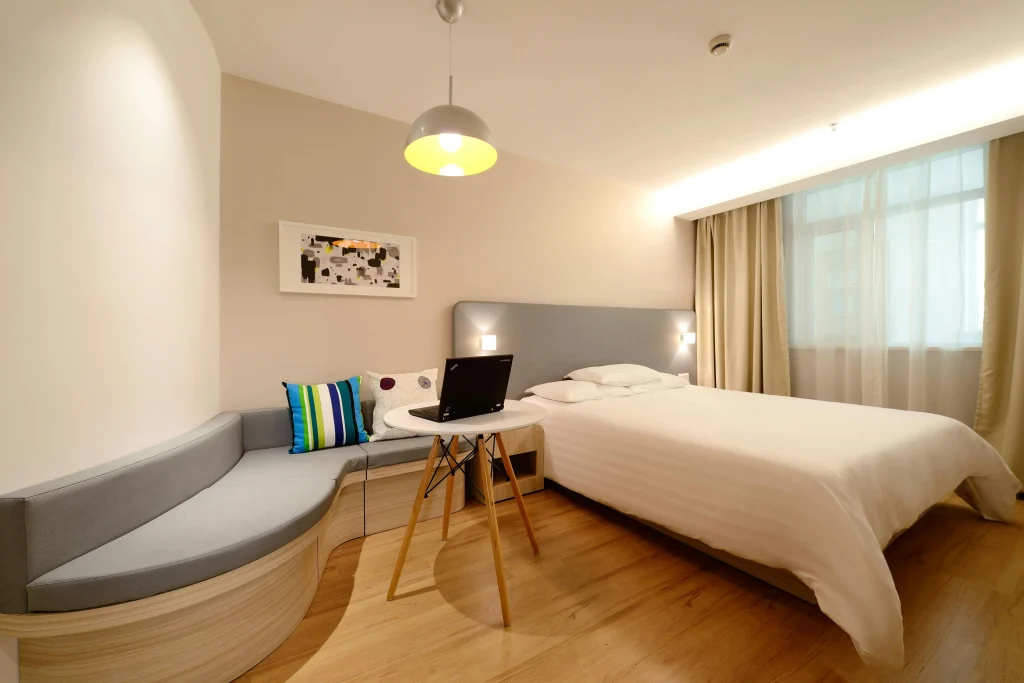
Adding personal touches, like meaningful artwork, family photos, or unique decor items, can make a small room feel more welcoming and truly yours. However, it’s important to keep these additions balanced to avoid overcrowding the space.
Select a few carefully chosen items that reflect your style, ensuring they enhance the room’s atmosphere without overwhelming it, maintaining a sense of openness and harmony.
Compact Personalisation Ideas
A pinboard or photo collage is a great way to display personal memories and inspirational quotes while keeping the wall organised. Choose minimalistic posters or one bold statement piece of art instead of cluttering the walls with multiple items. This creates a curated, visually appealing space that adds personality without overwhelming the room.
Balance Personality and Functionality
While it’s important to showcase your personality, remember that every item should serve a purpose. Choose decorative pieces that also offer functionality, like a stylish clock or a decorative storage box. This is the perfect answer to how to make small rooms look bigger.
8. Budget-Friendly Solutions for Students
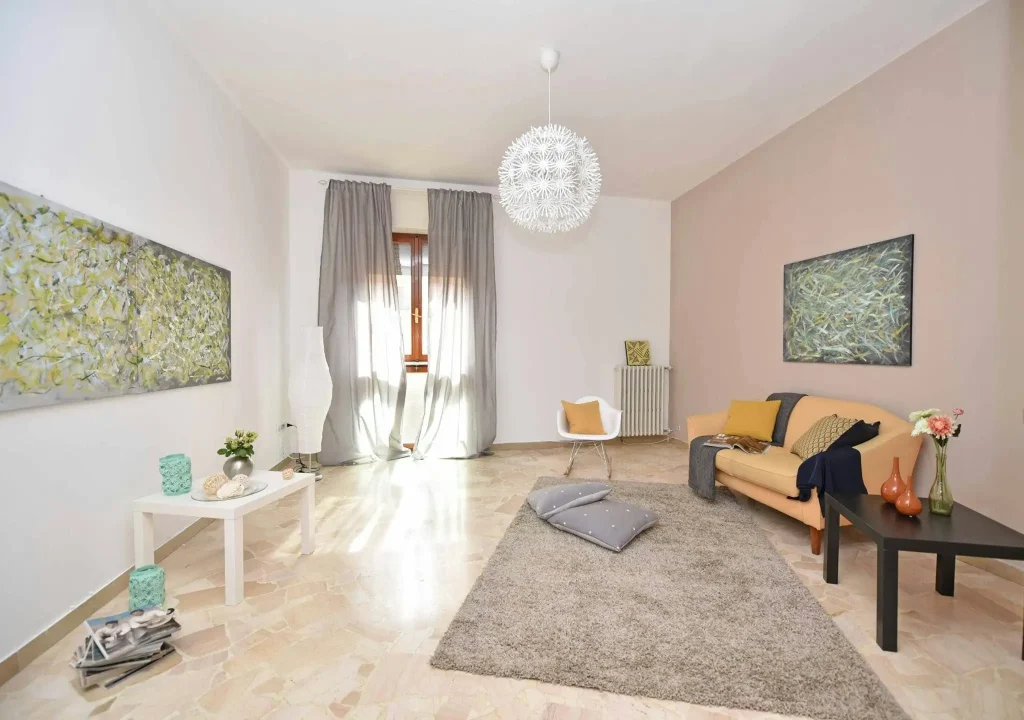
As a student, designing a functional and visually appealing space can be done on a budget with a bit of creativity. Simple changes like rearranging furniture, adding inexpensive decor, or using DIY projects can transform a room without high costs. Focus on smart, affordable solutions to maximize space and style while keeping expenses low.
Affordable Stores and Platforms
Second-hand shops, flea markets, and online platforms like Facebook Marketplace are excellent resources for finding affordable furniture and decor. Many students sell their items when moving, providing great opportunities to snag high-quality pieces at a fraction of the price. Shopping second-hand allows you to personalize your space without breaking the bank while being eco-friendly.
DIY Projects
DIY projects are an affordable and creative way to personalise your space. You can transform postcards into unique wall art, give old furniture a fresh look with a coat of paint, or repurpose mason jars as stylish and functional storage containers. These simple, budget-friendly ideas can add charm and character to your room while saving money.
Resourceful Hacks
- Repurpose items you already own, like using a suitcase as under-bed storage.
- Negotiate with roommates to share common items, such as lamps or kitchen appliances.
- Look for free items in your area through community groups or university forums.
Also Read:
Living in a small room as a student abroad doesn’t mean compromising on comfort or style. By optimising your layout, using strategic colours, leveraging lighting, and staying organised, you can transform your space into a cosy and functional haven. Remember to embrace your creativity, make resourceful choices, and personalise your room in a way that reflects your unique personality.
With these tips, your small room can become a big part of your memorable study-abroad experience. Start experimenting today and see how a few changes can make a world of difference! For booking the best student accommodation abroad to start your study abroad experience you can contact Fly Homes at 1800572118.
FAQs
Light, neutral colours like white, beige, pastels, or soft grey are ideal for creating the illusion of a larger space. They reflect more light and make the room feel airy and open.
Mirrors reflect light and create an illusion of depth, making a room feel larger. Strategically placing a large mirror across from a window can amplify natural light and expand the sense of space.
Opt for multi-functional furniture, like ottomans with storage or sofa beds. Choose pieces with exposed legs to create an open, airy feel rather than bulky furniture.
Layered lighting (combining natural, overhead, and accent lights) helps eliminate shadows and brighten the space, making it appear larger and more inviting.
Yes, but choose larger rugs that extend under furniture to create a unified look. Small rugs can make a space feel fragmented and smaller.
Subtle patterns can add interest without overwhelming the space. Avoid large, bold patterns and stick to simple, vertical stripes, which can make the room appear taller.
Clutter makes a room feel cramped. Keeping surfaces clean, organising belongings, and using smart storage solutions can instantly create a sense of spaciousness.
Use sheer curtains or blinds that let in natural light. Mount curtain rods closer to the ceiling and use long curtains to make the ceiling appear higher.
Place larger furniture pieces against walls to open up the central area. Avoid blocking pathways and use vertical storage to free up floor space.
Yes, open shelves can make walls feel less heavy than closed cabinets. However, keep them organised and avoid overcrowding to maintain a tidy appearance.
Follow Us on Social Media
